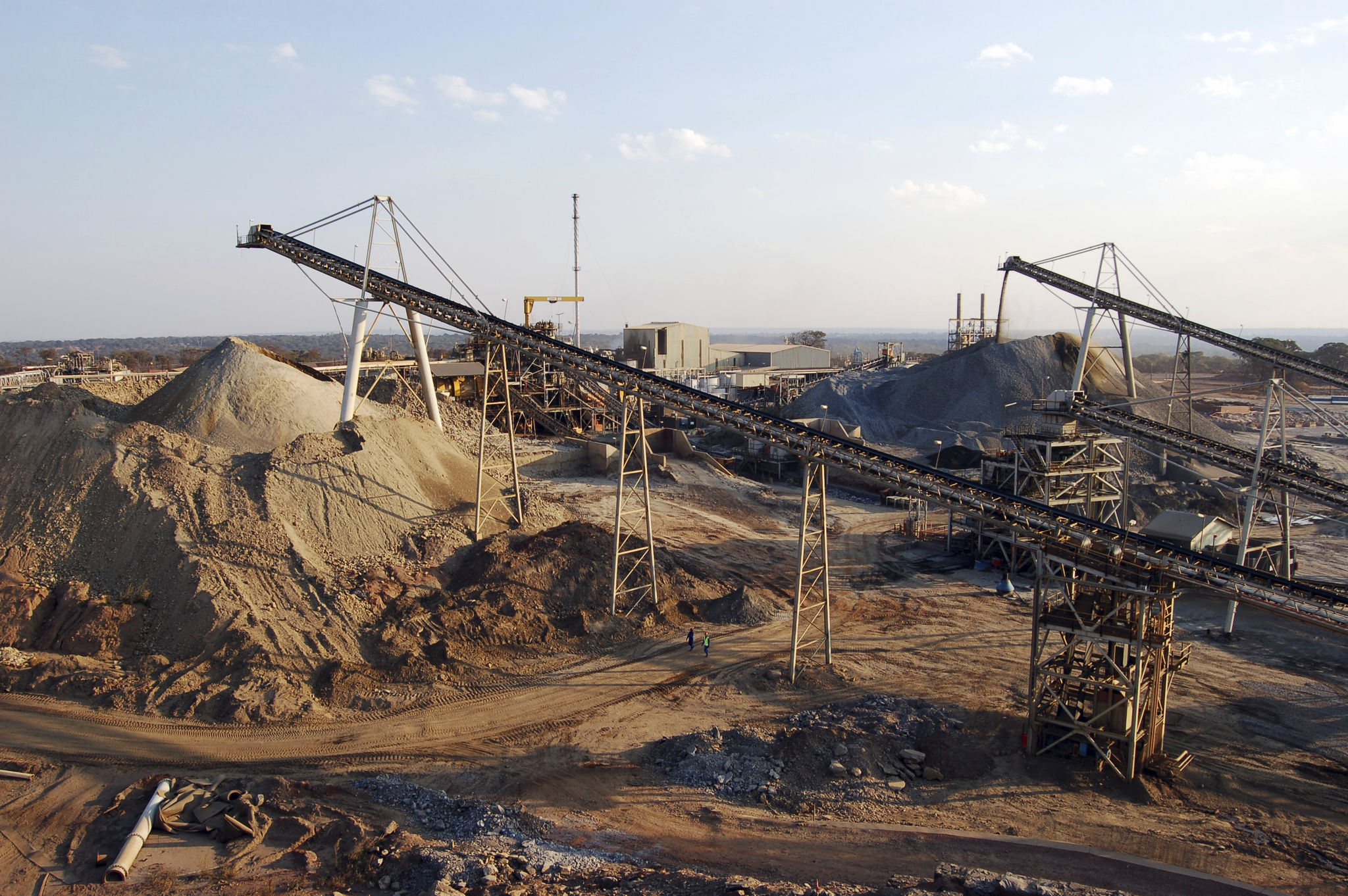What Minerals Are Mined in Zambia? An In-Depth Guide to Zambia's Mining Landscape
Introduction to Zambia's Mining Industry
Zambia, located in Southern Africa, is renowned for its rich mineral resources. The country's mining industry is a significant contributor to its economy, providing jobs and generating substantial revenue. Zambia is especially well-known for its production of copper, but it also boasts a variety of other minerals that are mined across the country.

Copper: The Crown Jewel of Zambia's Mining Sector
Copper is undoubtedly the most critical mineral mined in Zambia. The country is one of the largest producers of copper in the world, with vast deposits located primarily in the Copperbelt Province. This region is so named due to its abundance of copper mines and has historically driven the nation's economy.
Copper mining in Zambia dates back over a century, and the metal remains the backbone of the nation's mining industry. It is used globally in electrical equipment, construction, and various industrial applications due to its excellent conductivity and durability.
Cobalt: A Valuable Byproduct
Alongside copper, Zambia also produces cobalt, a critical mineral used in the production of batteries and electronic devices. Cobalt is often extracted as a byproduct of copper mining, and its demand has been growing steadily with the rise of electric vehicles and renewable energy technologies.

Other Minerals Found in Zambia
In addition to copper and cobalt, Zambia is home to a variety of other minerals that contribute to its mining sector:
- Emeralds: Zambia is one of the world's leading producers of high-quality emeralds, with mines situated in the Kafubu area.
- Gold: While not as dominant as copper, gold mining is gaining traction, with significant deposits found in several regions.
- Nickel: With increasing global demand, nickel mining is becoming more prominent in Zambia.
Challenges Facing the Mining Sector
Zambia's mining industry faces several challenges that could potentially impact its growth. These include fluctuating global commodity prices, regulatory changes, and environmental concerns. Additionally, there are ongoing discussions about how to ensure that the benefits of mining are equitably distributed among the population.

Sustainable Mining Practices
The Zambian government and mining companies are increasingly focusing on sustainable practices. Initiatives are underway to minimize environmental impact and improve the social conditions of communities near mining operations. Responsible mining practices aim to ensure that Zambia's rich mineral resources continue to benefit the nation for generations to come.
The Future of Mining in Zambia
As global demand for minerals continues to rise, Zambia's mining industry is poised for growth. Strategic investments and advancements in technology could unlock new opportunities for exploration and production. By addressing current challenges and embracing sustainable practices, Zambia can maintain its position as a leading mining nation.
Conclusion
Zambia's diverse mineral landscape offers significant potential for economic development. From copper and cobalt to precious stones like emeralds, the country's mining sector plays a pivotal role on the global stage. Understanding these resources and their impact is crucial for anyone interested in the future of mining in Zambia.
